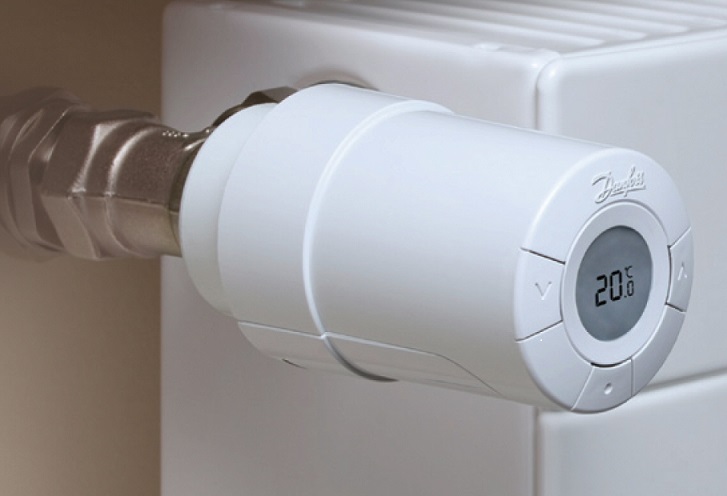Hello and welcome to another blog post. We had a client who wanted a cinema room but on a modest budget. We know that these rooms can cost thousands of pounds but we accepted the challenge and came up with this…..
Before:
As you can see we start with a typical room layout.
In order to be a budget cinema room we discussed with the client about requirements and costs. We then came to an agreement and proceeded to work within the budget.
This was for everything, all materials, amplifier, speakers, lights, Z-Wave Home Automation controller and modules. The only item that wasn’t included was the TV as the client already had their 55” LG TV.
Once the room was cleared we started creating the false ceiling for the speakers and spots and the strip light effects. We also started work on the fake chimney breast as well.
Once this was completed we added all the wiring as needed.
The next stage was the boarding up stage.
Straight after it was the plastering stage.
Once most of the plaster had dried we then measured the ceiling and made all the holes for the speakers and lights.
As part of the budget deal the clients decided they would do all the painting themselves and so we left them to it, which took 2 days to do.
We came back after a week as agreed with the client and then continued with the installation of the lights, speakers and strip lighting. We also added in the Z-Wave Home Automation controller and modules.
Finally we programmed the Z-Wave Home Automation controller and created the scenes and configured the smart phone app and also a handheld keyfob, so that the client can go into “cinema mode” at a touch of a button which turns off the main ceiling lights and turns on the LED colour lighting. Also the client can select a “normal mode” by pressing a different button which turns back on the main ceiling lights and turns off the LED lighting.
Using either the smart phone app or the handheld keyfob the client can select pre-defined LED lighting scenes to choose different colours. See the demonstration video below.
Z-Wave Handheld Keyfob
Smart phone app for RGBW lighting control

Here you can see the finished room, with the ceiling mounted speakers, LED strip lighting in the new false ceiling recess and LED backlighting behind the new false chimney breast. These are RGBW LED lights so the client can pick any colour that suits their mood.
Below the wall mounted TV you can see the cabinet for the AV equipment.
Here you can see the floor sub-woofer speaker and the AV equipment such as the surround sound amplifier (AVR), SKY TV box, Playstation 4 and a Western Digital media player for movies and TV shows.
Our high-end cinema rooms tend to have a Kodi Home Theatre PC and a Home Storage Server (NAS).
All in all the client was very pleased with the outcome and happy with everything we had done.
Demonstration Video
Please don’t hesitate to contact us on www.yorkshireautomation.co.uk for FREE no obligation quotation.

































